Northern Beaches Hospital: Up to 50 ventilators available during coronavirus crisis
The medic leading the coronavirus task force at Northern Beaches Hospital has revealed how the brand new facility is designed for a pandemic. But he has also warned Sydneysiders ‘we are at the start’ of the health crisis.
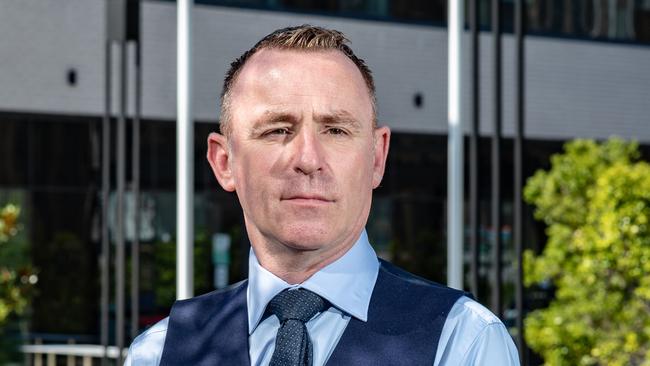
Manly
Don't miss out on the headlines from Manly. Followed categories will be added to My News.
- Latest figures: Northern beaches a NSW hotspot for COVID-19
- Wuhan sends lifeline to Sydney medics fighting COVID-19
Northern Beaches Hospital has the capacity to provide up to 50 ventilated beds as the coronavirus pandemic ramp up, according to the medic leading its COVID-19 strike force.
Dr Peter Thomas, Director of Medical Services, said the scale of the outbreak is unprecedented, but the Frenchs Forest hospital which opened in 2018 is better placed than most because it is designed for a pandemic.
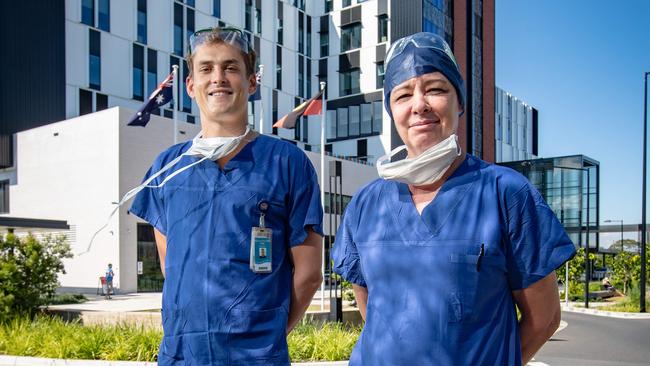
As well as having multiple single rooms, a high number of isolation rooms, the ICU can easily be split into two – so COVID-19 patients can be treated separately from other patients.
At the moment, with elective procedures cancelled, only 300 of the 488 beds are open, but extra beds will be made available as the pandemic evolves.
Dr Thomas said there are 20 beds in ICU with ventilators, but across operating theatres and other wards there are another 30 that can be used to treat coronavirus patients.
“We can more than double our capacity,” Dr Thomas, 54, said.
“If we had to find more ventilators we could, but 50 ventilators for 300 beds is high.”
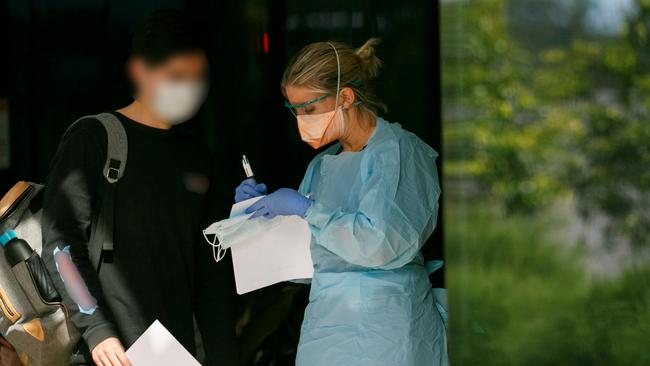
The UK-born doctor has worked through several epidemics including SARS and bird flu in his 30-year-career. He said the hospital has set up COVID-19 intubation teams of three made up of its most skilled doctors, with a team available onsite seven days a week.
The teams have been practising getting patients on ventilators as quickly as possible.
As well as the specialised intubation teams, there are dedicated coronavirus five-person strong medical teams which will treat patients with the virus, allowing other staff to look after “business as usual” patients.
As cases rise the number of specialised COVID-19 teams will be increased from one every shift, to two, then three and so on.
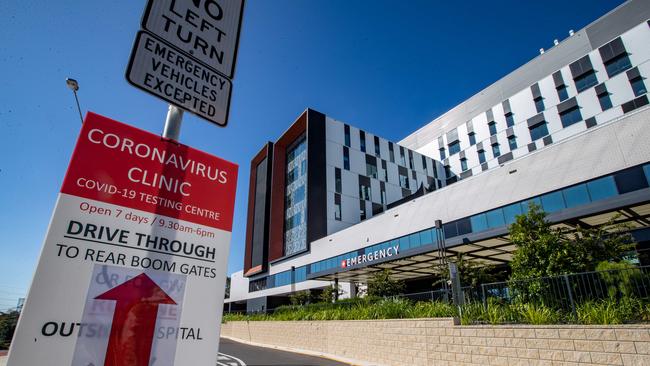
He said the hospital the has a “watertight, scalable plan” which it launched in late January, early February and part of that involves constant simulation exercises for different pandemic scenarios which are being practised every day.
He said they currently have two months supply of personal protective equipment (PPE) including masks, eyewear and disposable gowns, but have access to more if needed.
Dr Thomas said staff are in “constant preparedness” but warned the scale of this health crisis has never been seen before.
He said built into the pandemic plan is to rest staff so they have downtime with their families to avoid the Italian scenario where medics are “burnt out”.
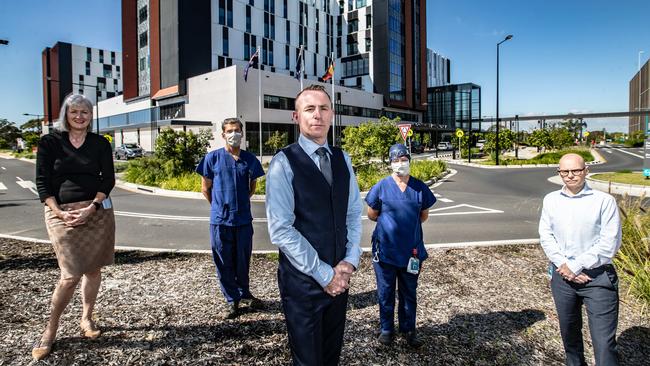
He said with just 300 beds open, staff are being encouraged to take leave while they can.
“The potential impact on the hospital, workforce and without doubt the community is unprecedented,” Dr Thomas said.
“In exceptional times we have to take exceptional measures.
“We see and recognise for what it is – exceptional.”
He said so far the hospital has had under 10 patients with COVID-19 with several fully recovered and discharged.
However, he said the numbers are small at the moment and each patient outcome will depend on any underlying health conditions.
“We are at the start of the pandemic,” Dr Thomas said.
“We are several weeks behind what we are seeing in Europe. I expect we will see more cases throughout April and into May.
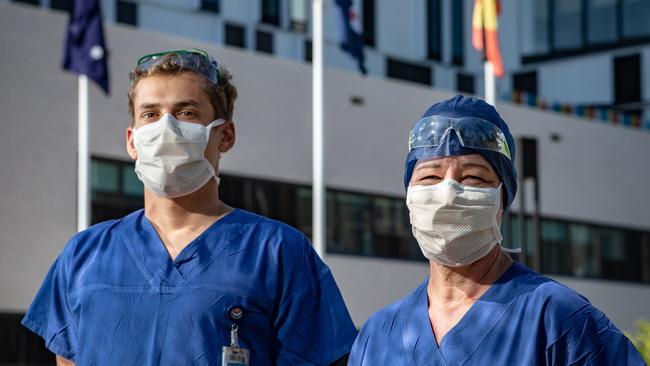
He said while no-one was able to definitively predict Australia’s peak yet he said the hospital was ready.
“We have the capability, we can take them and look after them,” he said.
Alongside Dr Thomas on the hospital’s COVID-19 response team is Director of Nursing Fiona Allsop and Chief Operating Officer Paul Darcy.
So far the northern beaches has had 100 cases of the disease, the second highest number for any Local Government Area in NSW, as well as 11 cases from an unknown source.

